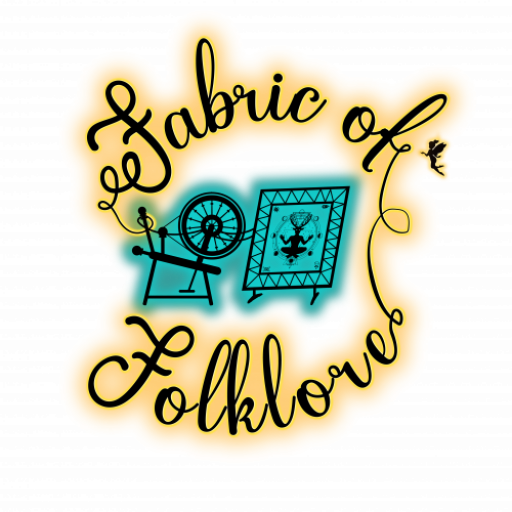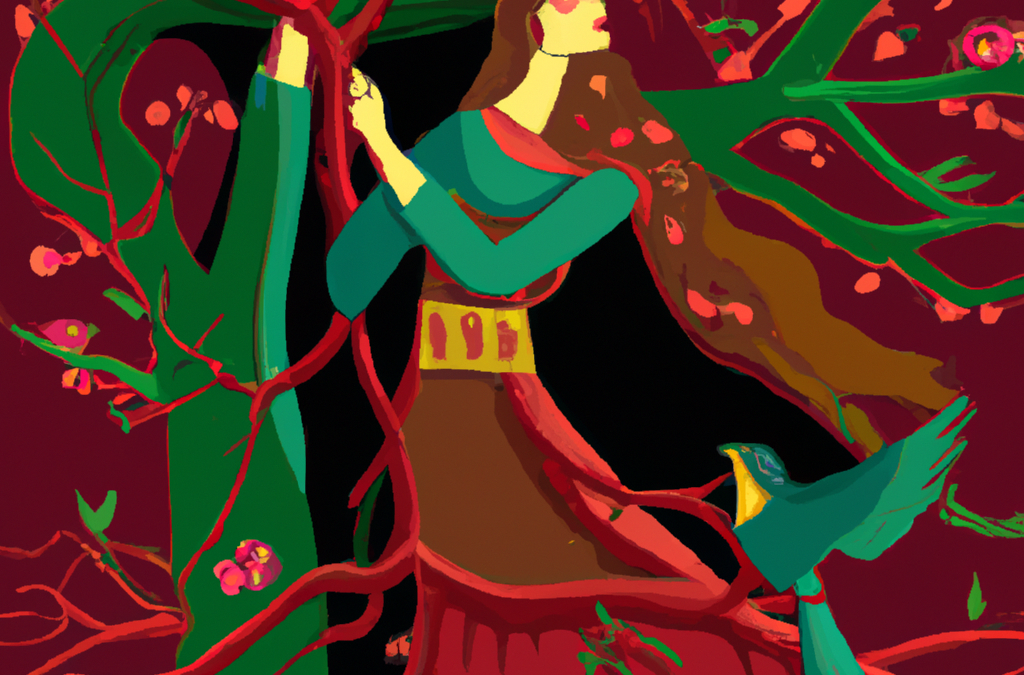Stories are the lifeblood of community. They are a crucial thread that binds together a community to help it feel connected, and interlaced. But one story is not like another. They are not all woven of the same thread. Just like in modern day literature, there are categories of stories; fiction and non-fiction; fantasy, and sci-fi; biography and memoir. The different genres each serve a different purpose.
We can say the same for stories of our past. People often lump fables, myths, legends, fairy tales, and folktales together, but they are not all the same, even though they all fall under the purview of folklore. In this series of reference posts, we will explore the difference between the types of stories and why it matters.
The two terms we are examining today are fable and fairy tale.
Fables and fairytales are both written with children in mind as the intended audience. Fables, however, are stories told with the purpose of instilling a lesson, and imparting morals. Fairytales can also impart wisdom, and lessons, but that is not their purpose. Rather, a fairytale is a work of pure escapism, it takes the child into a magical world, a realm of fantasy.
Fables
Fables are short stories, usually starring anthropomorphized animals as the main characters who face a conflict. The resolution of the fable imparts the overarching lesson that the fable is intending to convey to the reader for them to incorporate into their own life. As an example, the Lion and the Mouse story is about a Lion who releases a mouse instead of eating him. The grateful mouse promises to repay the kindness. Although the lion is skeptical, the mouse does repay his kindness later in the story by helping the lion to escape a hunter’s snare, thereby saving his life in turn. The lesson is usually clearly stated at the end of each story. In this case, the moral is kindness is never wasted.
In Western culture, most children are familiar with Aesop’s Fables which are much older than I’d imagined originally. These fables are generally credited to Aesop, a slave and storyteller who was said to live in Ancient Greece between 620 and 564 BCE.
Fairytales
What distinguishes fairytales from other folklore genres is their magical features. In these short stories, we find elements of spells, enchantments, magic, and mythical beings including mermaids, trolls, unicorns, witches, giants, fairies and more. Fairytales can be both from the oral tradition, like a folktale, or it can be written in literary form from a single author such as Hans Christian Andersen. Anderson wrote well-known fairytales such as “The Princess and the Pea” and “The Little Mermaid” among others that most people are likely familiar. Another important distinction of the majority of fairytales is their “fairytale endings” or happily ever afters. These magical tales of wonder take the reader to far away lands, pit them against evil, and give the reader a warm and fuzzy feeling at the end.
So although both these story traditions have similar characteristics, there are distinctive elements that define each to their own unique genre. But both are equally important to the tradition of folklore.


Fable vs. Fairytale – Fabric of Folklore
ajzdmkcenr
jzdmkcenr http://www.g753sq7z2fwh28a7ys5gr33170gp2zh6s.org/
[url=http://www.g753sq7z2fwh28a7ys5gr33170gp2zh6s.org/]ujzdmkcenr[/url]